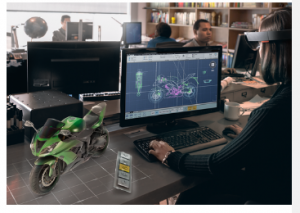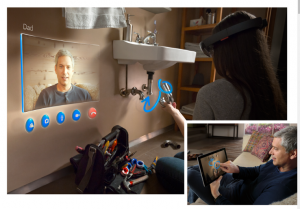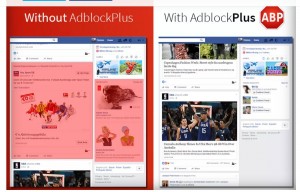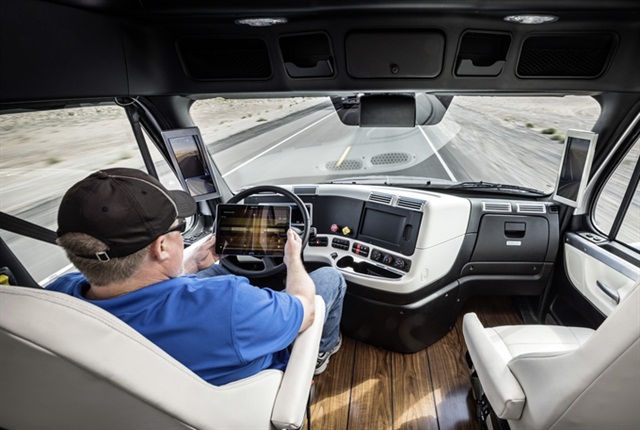Unlike Microsoft Windows, Mac OSX is not as popular, but many people still use this OS for their everyday computing needs. Many people like Mac because it is colorful and easy to use unlike in Windows. Some people like it just because they are hardcore Apple fans or they have an iPhone and it just works better because they have everything Apple. The newest Mac OS X version is 10.12 or Sierra.
One of the biggest new features is the inclusion of Siri, who is the virtual assistant that is currently on iPhones. Macs have not supported Siri since its launch in 2011. Siri on the Mac allows users to search files, storage inquires, and even the ability to toggle settings on and off. Siri can even access iTunes which could allow her to be your own personal DJ along with being compatible with Safari for web searches.

The continuity between Mac and iOS got even better. MacOS Sierra will allow users to access their computer using their iPhone, this will be made easier by using AirDrop which will all the use of a Universal Clipboard function. It will be as simple as Command-C and Command V to copy and paste between devices. Another great feature that will be coming is TouchID which will allow a user to Auto Unlock you Mac from other Apple devices.

There will be better multimedia functionality in MacOS Sierra. The Photos app is getting overhauled and there will be a new “Memories” tab which will be more for a magazine-like viewing mode. There will also be an AI that automatically sorts photos by either people or topics. Another great feature that was discovered is Dark Mode which would allow users a darker scheme on the menu bar, Dock, and possibly across applications. I personally use both Mac OSX and Windows 10. The two GUI are quite different from one another. Mac OSX is slightly simpler to use and much more colorful and interactive, while Windows 10 is not as colorful and interactive. What is your thoughts? Which OS do you like better or do you use another OS?

Source:












